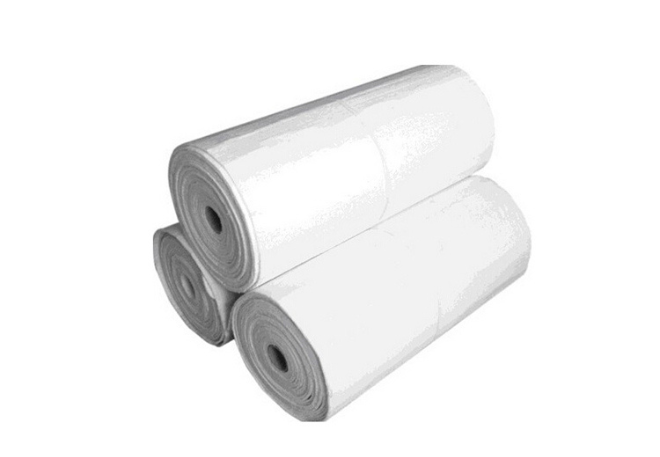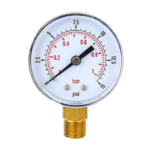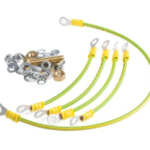Thermal insulation has always been a cornerstone in architectural and engineering design. From ancient mud huts to modern skyscrapers, civilizations have sought ways to moderate internal environments against the onslaught of external temperatures. Today, as the world grapples with energy efficiency and sustainable housing, advancements in thermal insulation have taken center stage. Let’s explore the groundbreaking innovations and peek into the future of thermal insulation.
Graphene-Based Insulation: The Material of Tomorrow
Graphene, a single layer of carbon atoms arranged in a hexagonal lattice, has garnered attention in recent years for its superior conductivity, flexibility, and strength. Researchers are capitalizing on these properties to produce ultra-efficient thermal insulators. Graphene aerogel, for instance, possesses a sponge-like structure, offering both lightweight and high insulating capabilities. Its adoption could revolutionize insulation in aerospace, automotive, and even everyday housing.
Aerogel Insulation: The Lightest Solid Known
Initially developed in the 1930s, aerogels have recently made a comeback in the insulation scene due to technological advancements. Aerogels, dubbed “frozen smoke”, are among the world’s lightest solids. They’re composed of 99% air, and their nano-porous structure effectively traps air, making it an exceptional insulator. Silica aerogel, in particular, has been used by NASA for its space missions. The challenge has been to scale and make these insulators cost-effective for widespread use, but efforts are underway.
Phase Change Materials (PCMs): Balancing Temperatures Naturally
Imagine a material that absorbs heat when temperatures rise and releases it when temperatures drop, ensuring a consistent internal atmosphere. That’s precisely what Phase Change Materials (PCMs) do. PCMs are substances that melt and solidify at certain temperatures, storing or releasing energy in the process. Integrating PCMs into building materials can reduce energy consumption, especially in areas with significant temperature fluctuations.
Vacuum Insulated Panels (VIPs): A Vacuum-Packed Future
While the concept of using vacuum for insulation isn’t novel, the technology to produce thin and effective Vacuum Insulated Panels (VIPs) is relatively recent. These panels function on a simple premise: removing air eliminates the medium through which heat can transfer. VIPs have insulation performance up to ten times higher than traditional insulating materials, making them perfect for applications where space is a premium, such as in refrigeration or compact housing.
Bio-Based Insulation: Nature’s Answer to Sustainable Living
The push for sustainability has driven researchers to look to nature for insulation solutions. Bio-based insulation uses plant or animal materials, like sheep’s wool, straw, or hemp. These natural fibers offer decent insulating properties and have the added benefit of being renewable, biodegradable, and often locally sourced. As the world continues to prioritize eco-friendly solutions, bio-based insulation is poised to grow in popularity.
Smart Insulation: A Future Powered by Technology
The future of thermal insulation isn’t just about materials; it’s also about how we interact with those materials. Imagine walls that change their insulating properties based on the weather or windows that automatically adjust to let in light without the associated heat. The integration of sensors, AI, and responsive materials might soon make “smart insulation” a reality, revolutionizing how buildings maintain their internal environments.
What’s Next for Thermal Insulation?
The horizon of thermal insulation promises to be as diverse as it is revolutionary. While we’ve mentioned a few prominent innovations, ongoing research in nanotechnology, biotechnology, and material science suggests that there’s a lot more to uncover.
Potential directions include:
- Self-healing insulation: Materials that can repair themselves upon damage, ensuring consistent insulation throughout their lifespan.
- Transparent insulation: Materials that let light through while blocking heat, ideal for large glass-fronted buildings or greenhouses.
- Hybrid systems: Combining the strengths of various materials to create superior insulators that are both cost-effective and efficient.
In conclusion, the future of thermal insulation is teeming with potential. As the world confronts the dual challenges of energy conservation and sustainable living, these innovations will be pivotal. They hold the promise of transforming our buildings into energy-efficient, eco-friendly, and comfortable habitats.




